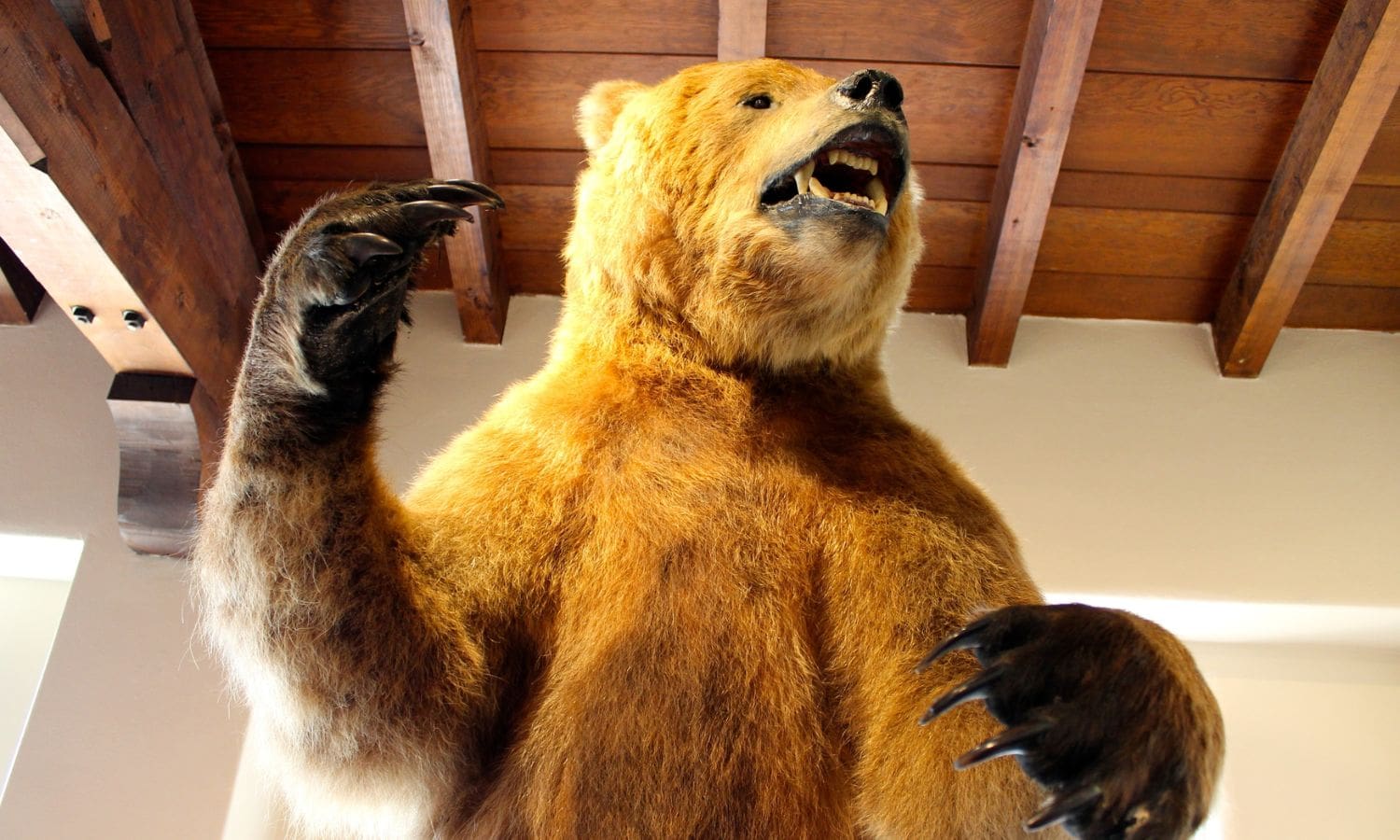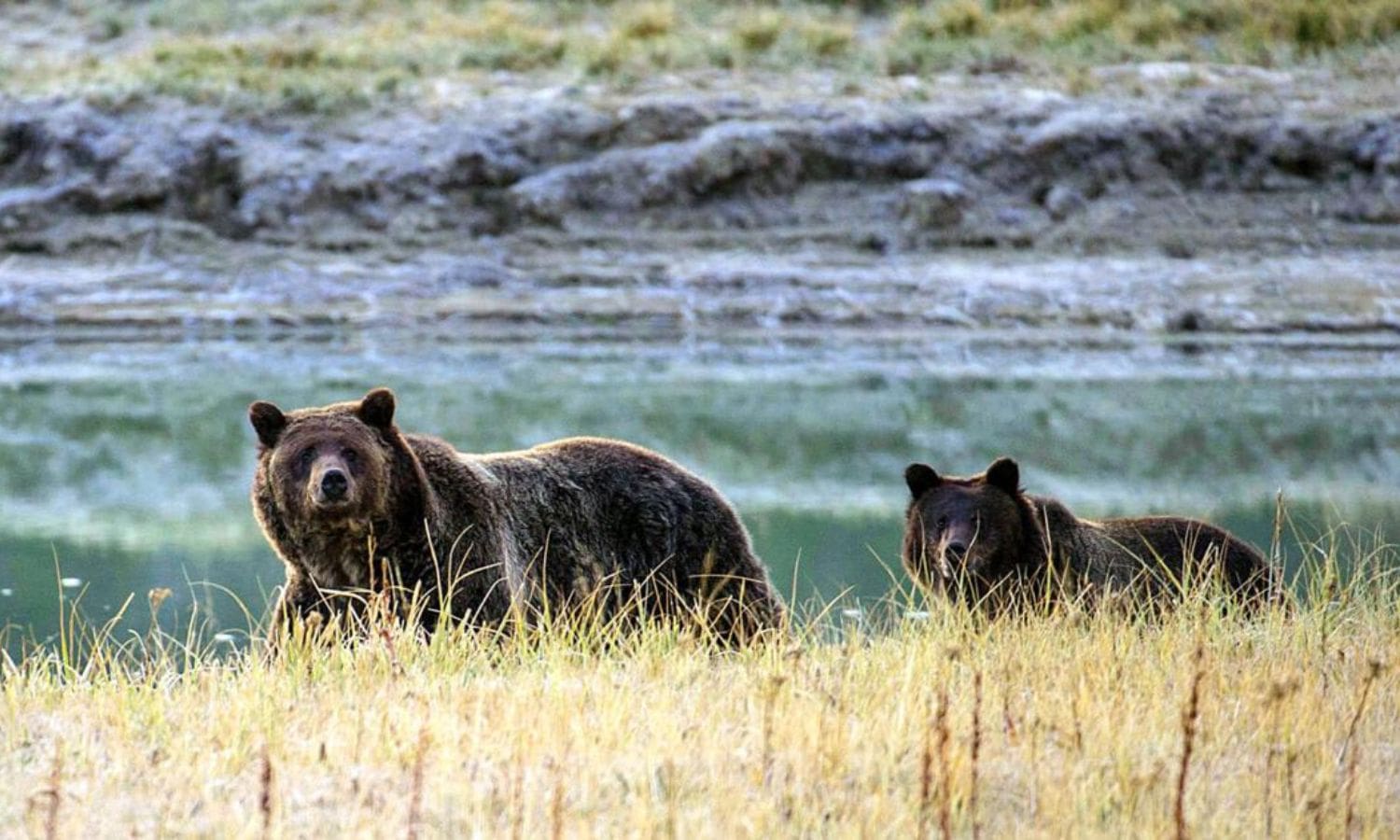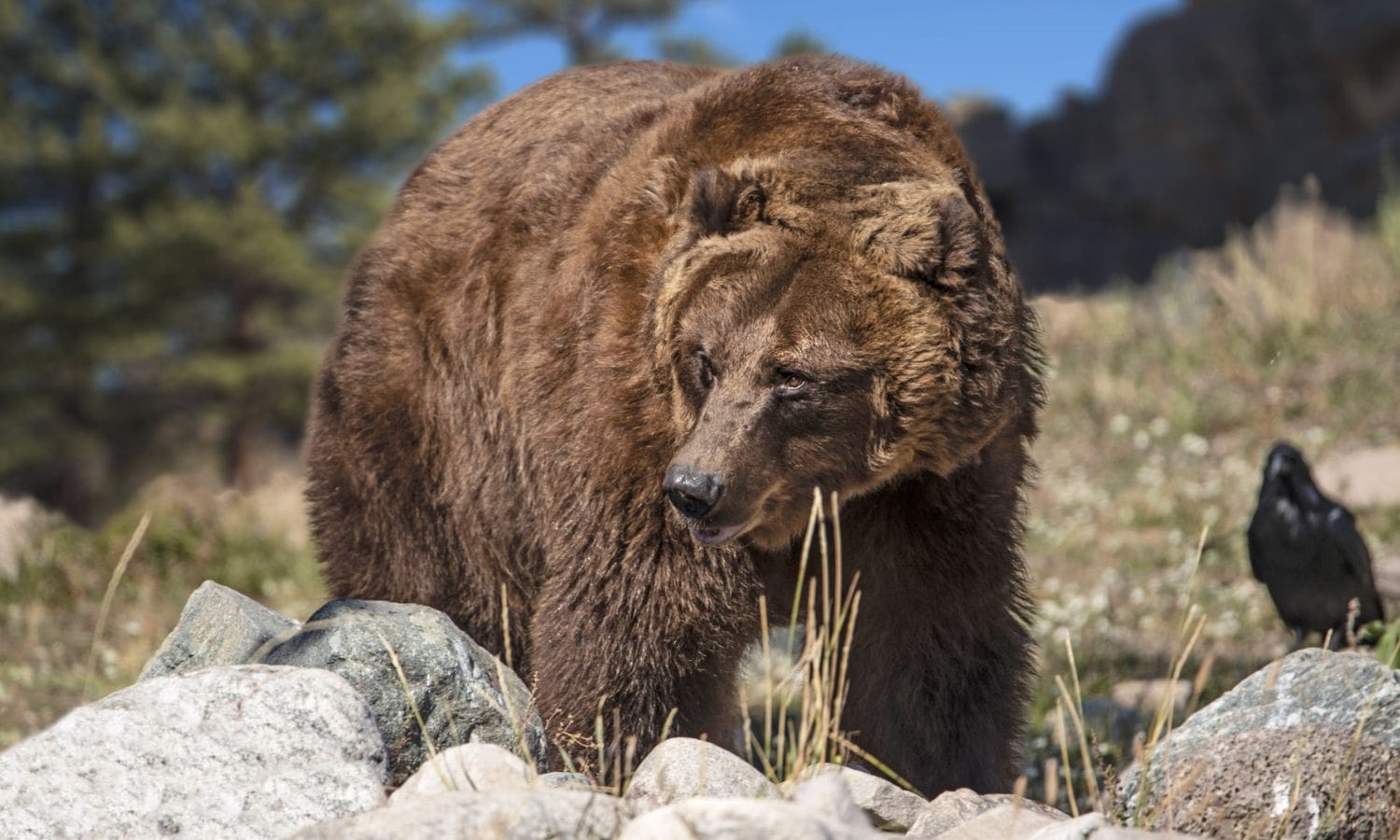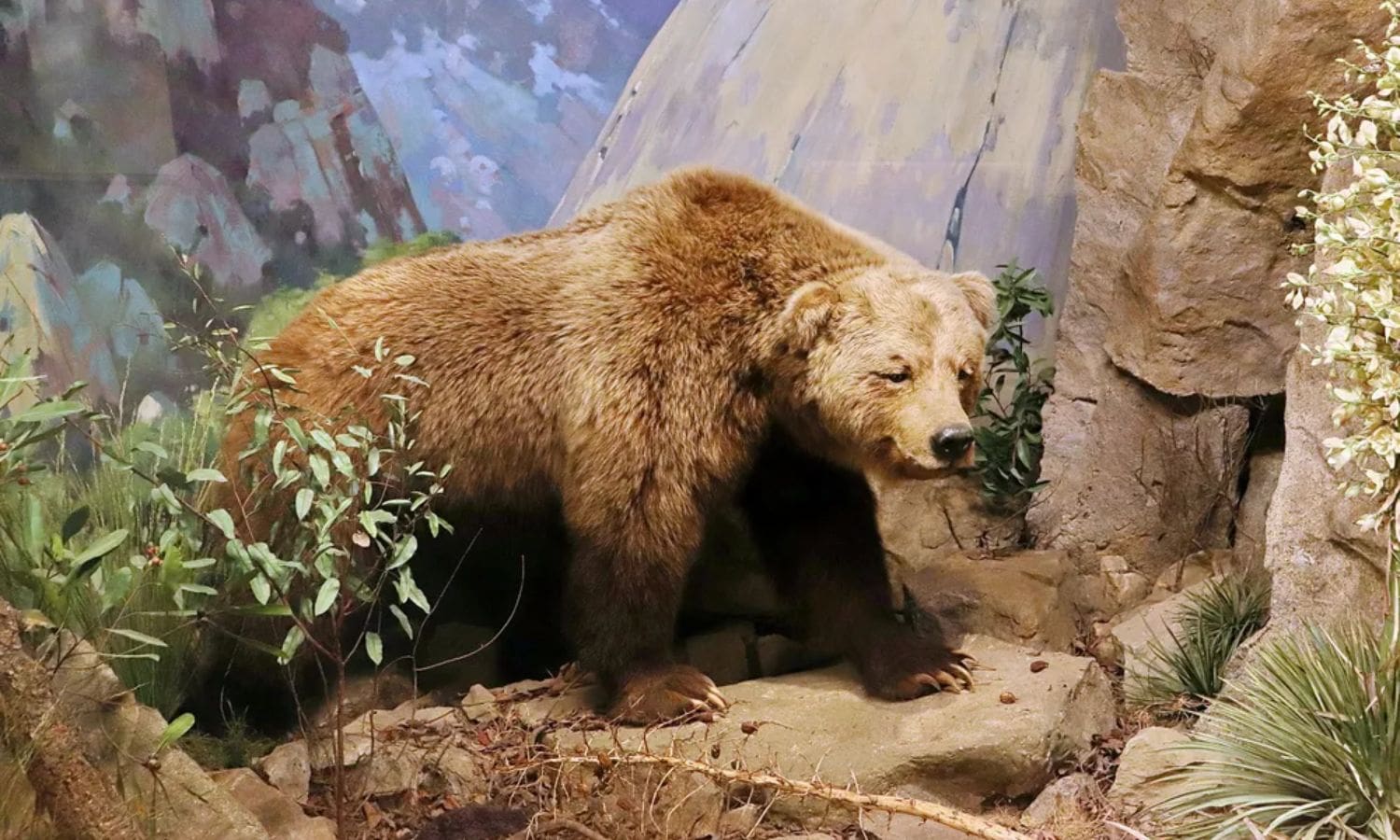California Grizzlies Real Size Revealed: The true size of California grizzlies has been unveiled, debunking long-held misconceptions.
The fascinating world of these majestic creatures, exploring their behavior, lifespan, and the devastating impact of hunting and habitat loss on their path to extinction.
Additionally, we examine the changes in their diet over time and propose nature-based solutions as a means to combat climate challenges.
Key Takeaways Of California Grizzlies Real Size Revealed
- Recent study challenges the misconception that California grizzlies were massive creatures compared to their counterparts in other regions.
- The study presents evidence that suggests California grizzlies were actually smaller than previously thought.
- Historical accounts and archival research reshape the perception of the size of California grizzlies.
- The findings indicate that the extinction of California grizzlies was driven by rampant hunting and habitat loss, leading to their demise.


Also Read: Point Reyes National Seashore, Nature Unveils Its Unique Charms
California Grizzly Bear Size Misconception:
The recent study has revealed that there was a misconception about the size of California grizzly bears.
For years, it was believed that these now-extinct bears were massive creatures, towering over their counterparts in other regions.
However, the study challenges this long-standing belief, presenting evidence that suggests otherwise.
Historical accounts and archival research have played a crucial role in reshaping perceptions of these bears.
The findings indicate that California grizzly bears were actually smaller than previously thought, debunking the myth of their colossal size.
This revelation has significant implications for our understanding of the species and its place in the ecosystem.
It highlights the importance of revisiting long-held assumptions and relying on scientific evidence to uncover the truth about the natural world.
Behavior and Lifespan of California Grizzlies:
Examining the behavior and lifespan of California grizzlies sheds light on their interactions with humans and livestock, offering valuable insights into their ecological role. These magnificent creatures, despite their massive reputation, display fascinating behaviors and have a remarkable lifespan. Here are three key points to consider:
- Aggression towards humans: California grizzlies exhibit a fierce nature when encountering humans, often leading to conflicts. Their territorial instincts and need for food drive them to assert dominance, making it crucial for humans to exercise caution in their presence.
- Impact on livestock: The presence of California grizzlies can pose a threat to livestock. These bears may prey on domestic animals, resulting in economic losses for farmers and ranchers. Mitigation strategies and conservation efforts are necessary to minimize these conflicts.
- Longevity and conservation: California grizzlies have a lifespan of approximately 25 to 30 years. Understanding their lifespan is essential for effective conservation efforts and ensuring the long-term survival of this endangered species.


Impact of Hunting and Habitat Loss on Extinction:
The extinction of California grizzlies was driven by rampant hunting and habitat loss. These majestic creatures, known for their aggressive behavior, were unable to withstand the pressures imposed by human activities. The relentless pursuit of these bears for their fur and sport, coupled with the destruction of their natural habitats, ultimately led to their demise.
Despite their size and strength, the California grizzlies were no match for the relentless onslaught of hunters and the encroachment of civilization. As their numbers dwindled, the remaining individuals found themselves isolated and vulnerable, unable to find suitable habitats or mates.
The last recorded sightings of these magnificent creatures date back to 1924, a somber reminder of the devastating impact of human actions on the delicate balance of nature.
Changes in Grizzlies’ Diet Over Time:
An examination of the California grizzlies’ diet over time reveals significant shifts in their food preferences and consumption patterns. As these magnificent creatures adapted to their changing environment, their dietary choices evolved, showcasing their incredible resilience and ability to survive.
The changes in the grizzlies’ diet over time are as follows:
- Vegetarian Beginnings: Initially, the California grizzlies relied heavily on a vegetarian diet, feeding on berries, nuts, roots, and grasses. They were efficient foragers, utilizing their strong jaws and sharp claws to extract nutrients from plants.
- Introduction of Meat: As the grizzlies’ habitat transformed, with the arrival of European settlers and the decline of natural food sources, the bears began to incorporate more meat into their diet. They hunted fish, small mammals, and scavenged from carcasses, adapting to the changing landscape.
- Opportunistic Feeders: Today, the California grizzlies are opportunistic feeders, consuming a diverse array of food including insects, carrion, and occasionally raiding human food sources. This adaptability in their diet has allowed them to persist in a rapidly changing world.
Understanding the shifts in the grizzlies’ diet over time provides valuable insights into their resilience and ability to adapt to environmental changes. It highlights the importance of preserving their natural habitats and ensuring the availability of diverse food sources for their continued survival.
Nature-Based Solutions for Climate Challenges:
Shifting our focus to the topic of nature-based solutions for climate challenges, it is essential to explore strategies that can address environmental issues and mitigate the impact of extreme weather events, building upon the resilience and adaptability demonstrated by the California grizzlies in their changing diet over time.
Nature-based solutions involve using natural processes and ecosystems to tackle climate change and its consequences. These solutions include protecting and restoring forests, wetlands, and grasslands, which can absorb carbon dioxide, reduce flooding, and provide habitats for diverse species.
Additionally, preserving and enhancing biodiversity can improve ecosystem stability and resilience, enabling ecosystems to better withstand the impacts of climate change. By implementing these nature-based solutions, we can not only combat climate change but also protect and restore our natural environments, creating a more sustainable and resilient future.


Conclusion Of California Grizzlies Real Size Revealed
Recent studies have revealed the true size of California grizzly bears, debunking previous misconceptions. These bears, known for their unique behavior and long lifespan, have faced extinction due to hunting and habitat loss.
Additionally, changes in their diet over time have further impacted their survival. As we face climate challenges, nature-based solutions can play a crucial role in preserving the California grizzly bear population and ensuring their continued existence in the wild.
Our Reader’s Queries
Our Reader’s Queries
How big were California Grizzlies?
According to researchers, California grizzly bears were similar in size to modern-day grizzlies, weighing around 440 pounds. This is significantly smaller than the commonly reported weight of 2,000 pounds during that time. It’s possible that historical accounts were accurate, but only focused on the largest bears.
What was the largest grizzly bear ever recorded in California?
Valley Center made history when it became the location of the capture of the largest California Grizzly Bear ever recorded. This massive creature, weighing a whopping 2,200 pounds, was taken down in the area in 1866. Interestingly, despite being settled in 1845 and homesteaded in 1862, the town had yet to receive a formal name until this famous bear incident occurred.
What happened to California grizzly bear?
In the past, bears were hunted and killed for sport and even used in cruel bear and bull fights. Sadly, the last California grizzly bear was hunted down in Tulare County in August 1922. The last reported sighting of this majestic creature was in 1924 in Sequoia National Park. It’s a tragic reminder of how humans can cause the extinction of a species through their actions.
When was the last sighting of the California grizzly bear?
The California grizzly, once a thriving species with an estimated population of 10,000 bears before the Gold Rush in 1848, was hunted to extinction. The last sighting of this majestic creature was near Yosemite in 1924. Despite decades of persecution and hunting bounties, the grizzly could not survive. It is a tragic loss for California’s wildlife and a reminder of the devastating impact humans can have on the environment.

